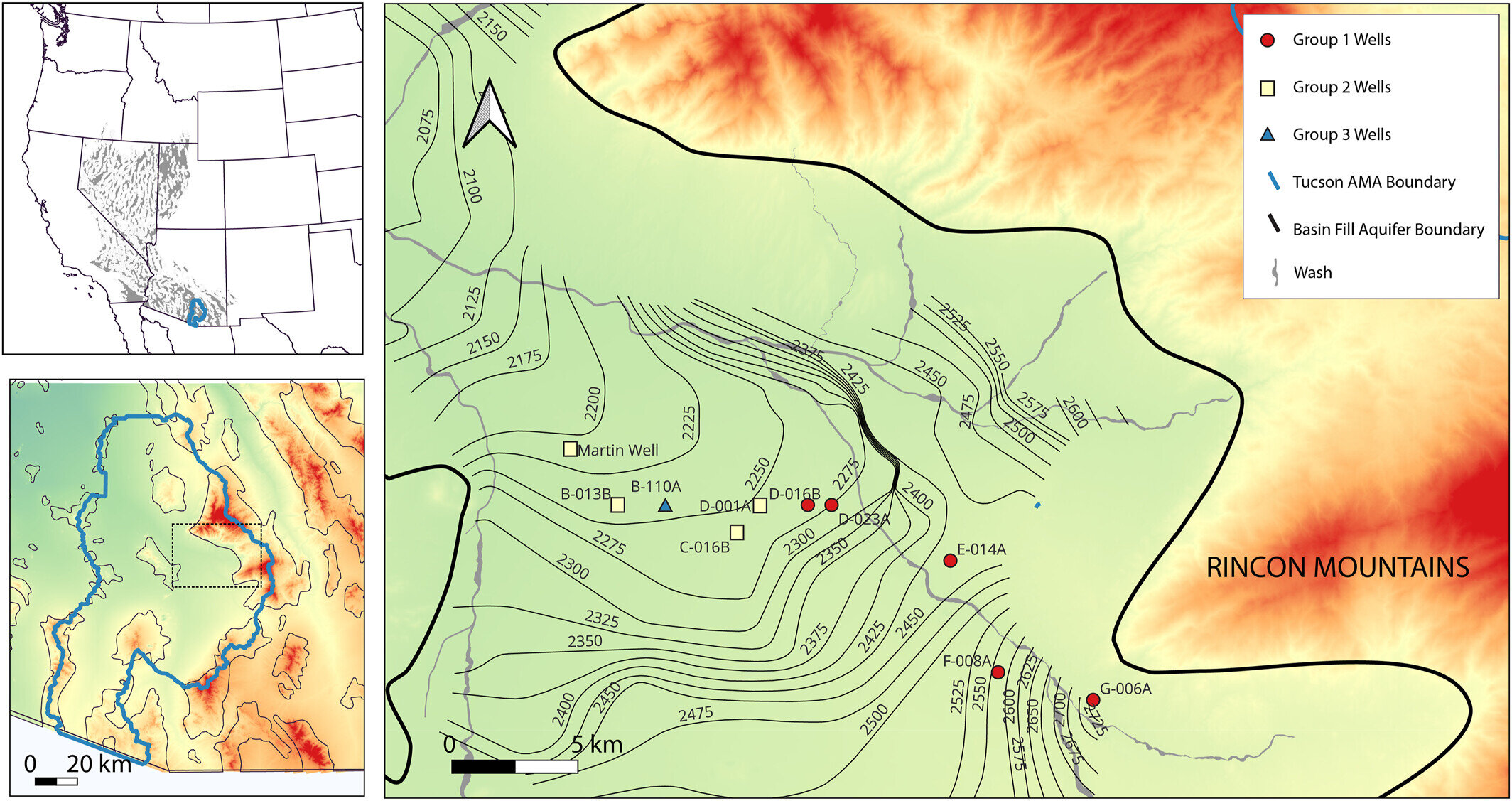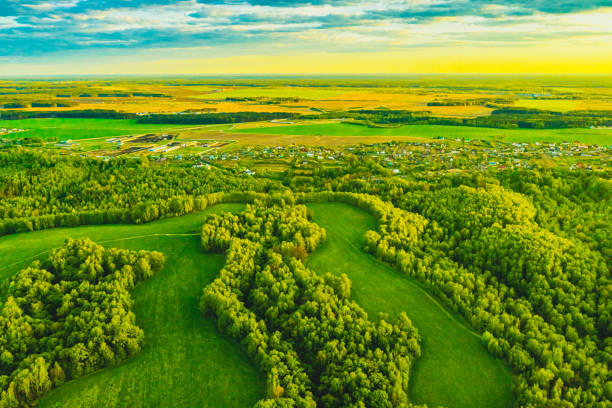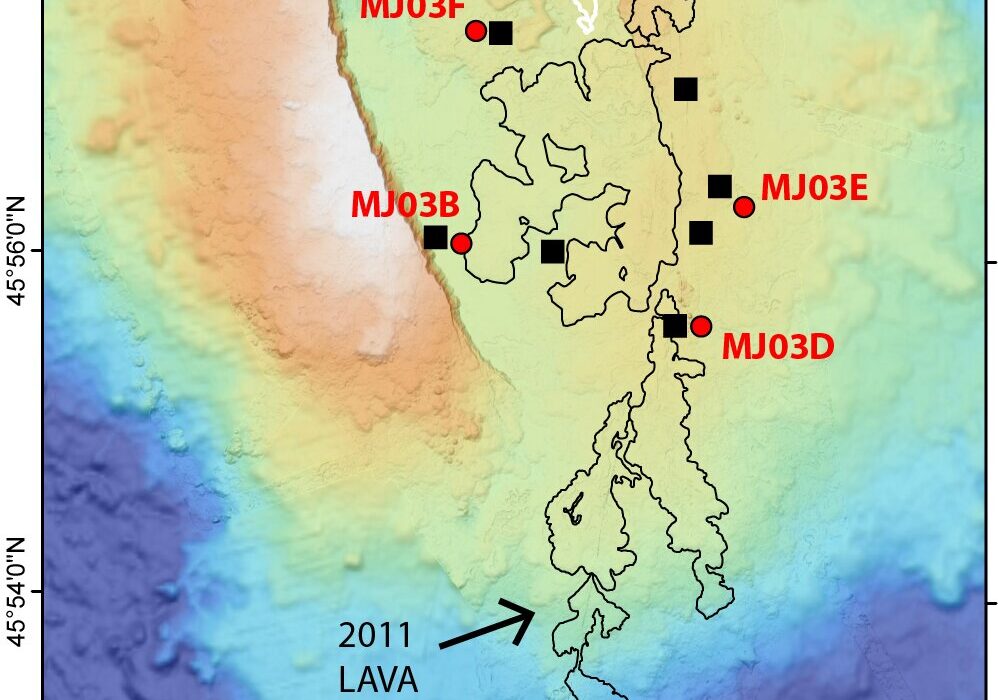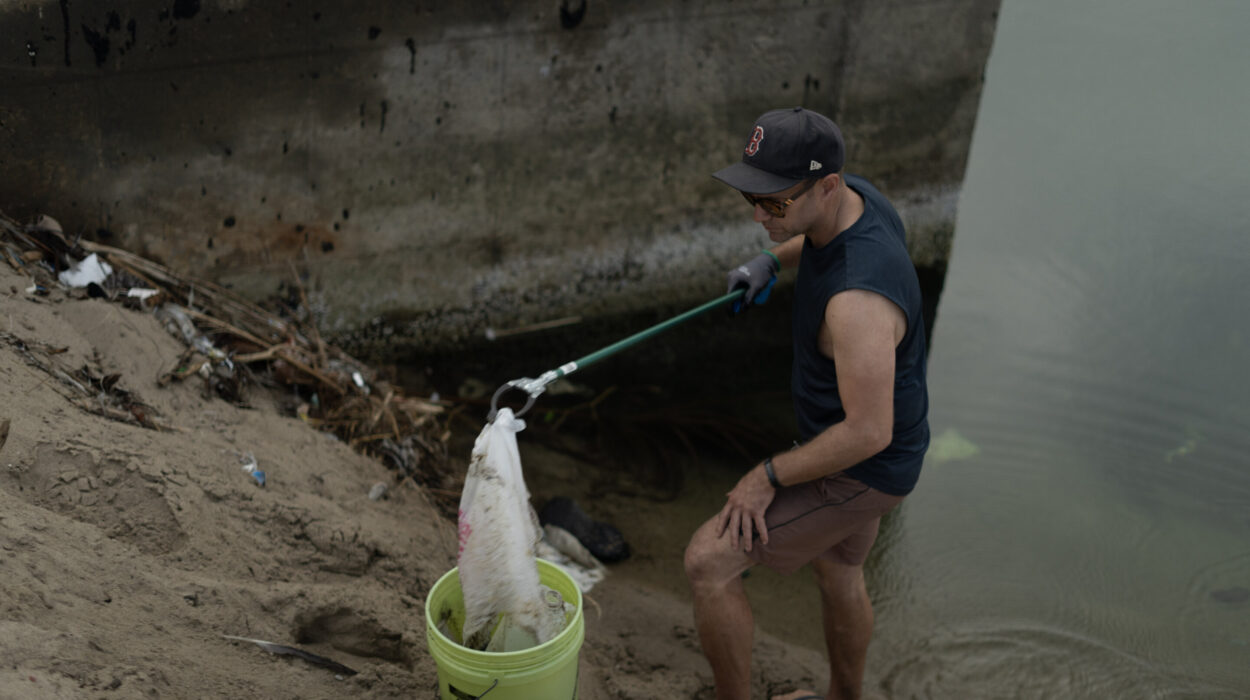Beneath the dry, sunbaked soil of Tucson, Arizona, lies an ancient and silent historian—its aquifer. For thousands of years, this underground reservoir has stored water from distant eras, recording the rhythms of the Earth’s climate like a diary written in stone and sand. But a new study led by researchers at the University of Arizona reveals something unsettling: in just a few human generations, groundwater pumping has lowered Tucson’s water table twice as much as natural climate changes have in the last 20,000 years.
Published in Water Resources Research, this groundbreaking study is the first to reconstruct a multi-millennial history of groundwater in the region. It places humanity’s impact on the aquifer in the vast sweep of geologic time—and the results are stark. What nature took tens of millennia to change, humans have altered in less than a century.
Tracing Water Through Time
“This is the first time we’ve been able to get a record of the water table through time,” said Jennifer McIntosh, senior author of the study and the Thomas Meixner Endowed Chair of Hydrology and Atmospheric Sciences at the University of Arizona.
The team’s achievement was nothing short of remarkable. To understand how Tucson’s aquifers had behaved over thousands of years, the researchers turned to chemistry, physics, and mathematics. They examined the subtle fingerprints left in groundwater—chemical and isotopic markers that tell stories of when and how the water entered the Earth.
Water that seeps underground carries traces of its era: gases from the atmosphere, minerals from the soil, and isotopes shaped by temperature and rainfall. Some of the water deep in Tucson’s aquifers, known as fossil water, first entered the ground more than 12,000 years ago, during the end of the last Ice Age. This ancient water mixes with younger water that fell as rain only decades or centuries ago.
By untangling these layers through mathematical models, the researchers could reconstruct not only the age of groundwater but also the patterns of climate that governed its recharge.
From Ice Age to Arid Plains
The study’s findings stretch back to the Last Glacial Maximum—around 20,000 years ago—when vast ice sheets covered much of the northern hemisphere, and the Tucson Basin was cooler and wetter. During these ancient periods, steady rainfall and snowmelt seeped deep into the earth, slowly refilling the aquifer below.
But as the climate warmed and the Ice Age ended, precipitation patterns changed. Dry periods lowered the water table by as much as 105 feet compared to wetter times. Still, even during these natural cycles of drought and rainfall, the aquifer maintained balance—a slow, enduring rhythm of depletion and renewal that had persisted for millennia.
That rhythm was abruptly broken in the mid-20th century, when human hands began to extract water faster than nature could replace it.
The Human Era of Water
Around the 1940s, Tucson’s population began to soar. Irrigated agriculture bloomed in the desert, and new neighborhoods spread outward from the city center. The region’s water demand skyrocketed—and nearly all of it came from groundwater.
By drilling deeper and pumping harder, people tapped into ancient reserves that had taken thousands of years to accumulate. Within decades, the water table began to fall. Wells ran dry, and the desert floor itself started to sink in places due to land subsidence, where the empty space left by removed water caused the ground to collapse.
“It really underscores the impact that humans can have on the environment in a short time,” said lead author and recent U of A doctoral graduate Chandler Noyes.
According to the team’s findings, modern pumping has caused twice the drawdown of the water table compared with natural climate variations spanning the last 20,000 years. The difference is staggering—and irreversible on any human timescale.
Unlocking the Chemistry of the Deep Earth
Before this research, scientists knew relatively little about how groundwater in the Tucson Basin responded to ancient climate changes. The period between the Last Glacial Maximum and the mid-Holocene, roughly 6,000 years ago, remained a blank chapter.
McIntosh’s team filled in that missing history by analyzing the molecular composition of water samples drawn from deep wells. These samples contained mixtures of old and new water—each droplet a blend of timescales. To separate these layers of history, the researchers used isotopic and chemical tracers such as noble gases, carbon isotopes, and elements that interact with aquifer sediments.
With advanced modeling techniques, they pieced together how recharge rates and water levels changed over millennia. The models also offered insight into past temperatures and precipitation patterns, showing how tightly climate and hydrology are intertwined.
“The water we drink carries this record of what happened with climate in the Tucson Basin,” McIntosh said. “It’s literally a story preserved in liquid form.”
Lessons for a Thirsty Future
These discoveries are not just about the past—they’re a window into the future. As global climate change accelerates and populations grow, understanding how aquifers respond to both natural and human pressures becomes essential for sustainable water management.
“These methods provide more complete groundwater ages and an understanding of how groundwater levels respond to climate change,” Noyes explained.
Tucson’s story mirrors challenges faced by arid regions around the world—from California’s Central Valley to the Middle East and northern India—where groundwater serves as both lifeline and ticking clock. Once depleted, deep aquifers may take thousands of years to refill, if they ever do.
A Legacy of Overuse
By the late 20th century, the warning signs were clear. Overdrafting had caused many Tucson wells to fail, and cracks began appearing in the city’s future water security. Recognizing the crisis, Arizona lawmakers passed the 1980 Groundwater Management Act—the first of its kind in the state’s history. The law introduced strict controls and required cities to move toward long-term sustainability.
In 1992, another lifeline arrived: the Central Arizona Project (CAP), a massive canal system that carries water from the Colorado River hundreds of miles across the desert to Tucson. For the first time in decades, groundwater pumping slowed.
“Today, about half of the water from our taps comes from local groundwater, and the other half from the Colorado River,” McIntosh said.
Even so, the Colorado River itself is shrinking under the weight of climate change and overuse, placing new urgency on local conservation.
The Fragile Rebound
In recent years, Tucson’s water conservation efforts have shown hopeful results. Many wells have stabilized or partially rebounded thanks to reduced pumping and the strategic use of CAP water. But the aquifer’s recovery is far from complete.
McIntosh cautioned that while the aquifer is technically renewable, its recharge rate is painfully slow. The desert’s dry climate means that only a small fraction of rainfall seeps down far enough to replenish deep groundwater reserves.
“Even if we were to go back to the end of the last ice age, when it was much colder and wetter in the Tucson Basin, we could not recover the amount of groundwater that we’ve removed,” she said. “Even a really wet climate wouldn’t save us.”
Her words underscore a hard truth: there is no natural “reset button” for groundwater. Once depleted beyond a certain threshold, the damage lasts for centuries.
Reimagining Water: The One Water 2100 Plan
Still, Tucson is not standing still. The city has begun implementing an ambitious sustainability blueprint known as the One Water 2100 Plan. The initiative treats all forms of water—rain, wastewater, stormwater, and groundwater—as interconnected resources. Its goal is to maximize reuse, enhance recharge, and balance every drop.
One promising approach involves using treated effluent, or recycled wastewater, to replenish the aquifer. By releasing this cleaned water into the Santa Cruz River, the city allows it to seep through the soil and naturally filter back into the groundwater system.
“We can enhance recharge by adding more water,” McIntosh said. “One way of doing that is releasing our treated effluent in those locations where we know there is modern recharge, providing the highest potential of that water making it to the water table.”
Such efforts represent a vital shift in mindset—from seeing wastewater as a burden to viewing it as a renewable resource.
The Global Echo of Tucson’s Lessons
While this study focuses on one desert city, its implications reach far beyond Arizona. The techniques used to trace groundwater ages and recharge patterns can be applied to aquifers worldwide, offering critical insights into how human activity is reshaping the planet’s most fundamental resource.
“The new methods allow us to link climate and hydrology in ways that can guide global water management,” McIntosh said.
As climate change intensifies droughts and alters rainfall patterns, the ability to anticipate how groundwater will respond becomes not just a scientific challenge but a moral one. Water is the bloodstream of civilization—its depletion threatens food security, ecosystems, and human survival itself.
More information: Chandler Noyes et al, Variations in Groundwater Recharge and Water Table Elevations Across the Holocene in a Semi‐Arid Alluvial Basin, Water Resources Research (2025). DOI: 10.1029/2024wr037606






